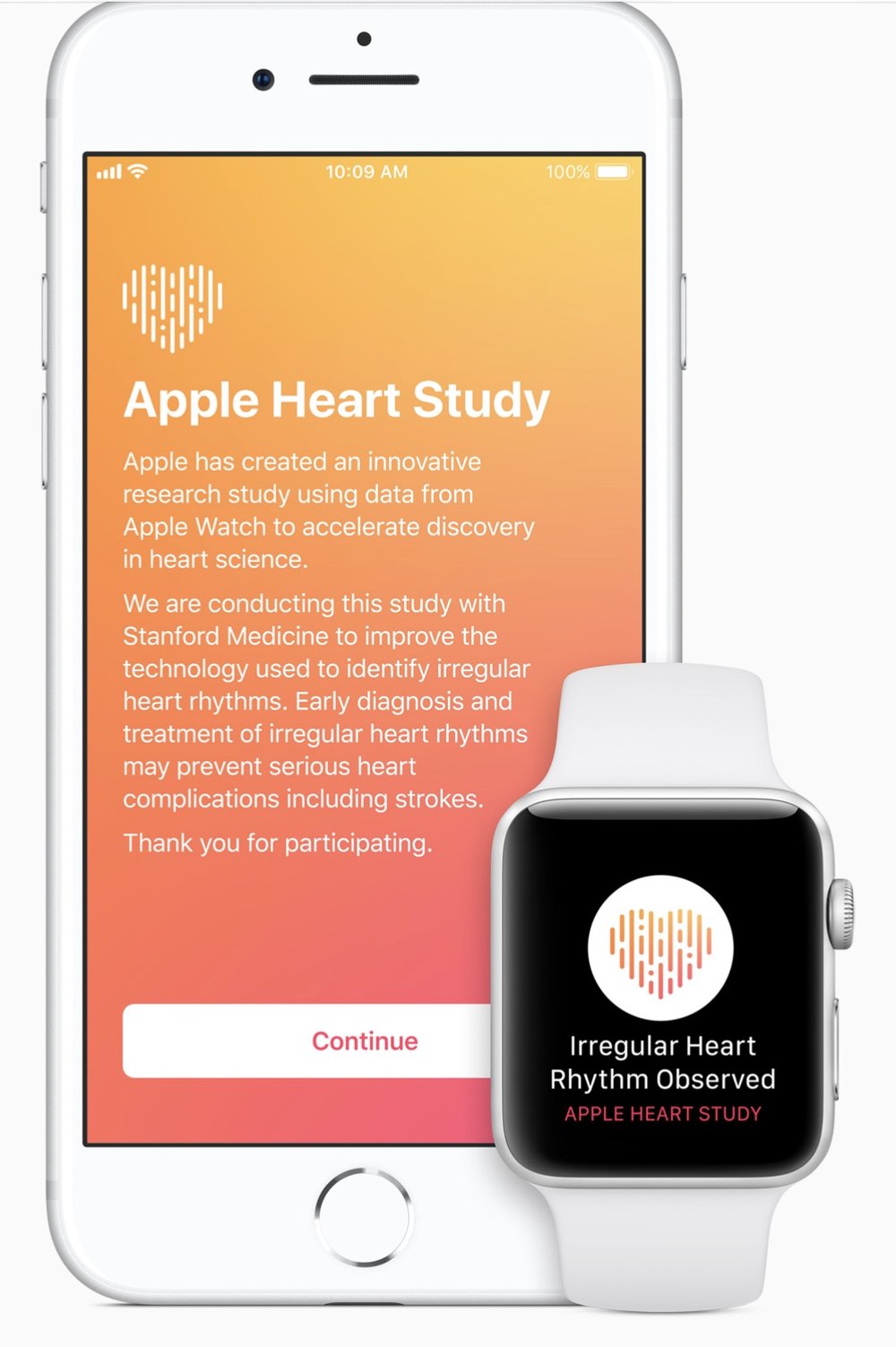
When I decided to review a few cases, I wanted to start with an OtterBox case. I have been using OtterBox cases since the PocketPC days and I know the company puts out some really well-built cases. I’m pretty sure that iPhone made OtterBox a household name, for good reason. Why not give the OtterBox Symmetry a shot at protecting my iPhone X, right?
I had my friends at Cases.com send me over a few cases and one of the cases I chose to review was the OtterBox Symmetry case. This case has the form factor that I was after. It’s not super bulky and has a good deal of protection. Obviously the Symmetry line isn’t as rugged as the Defender line but the Symmetry line offers “Slim Protection”.
Symmetry Series is the slim protective iPhone X case that turns the ordinary into the extraordinary. It features a one-piece design that’s ultra-slim and ultra-protective to shield your phone against drops, bumps and scrapes.
The OtterBox Symmetry series comes 4 color combinations of black, fine port, mixed berry jam, and muted waters. The black version is black on black. The fine port combination is the one I chose and it’s a reddish color with grey accents. If you want to get bold, mixed berry jam is a pink and black combo. Finally, muted waters has light grey accents and a light greenish color.
Features
- Stylish colors: eye-catching colors dress up your device
- Slim profile: sleek design slips easily into pockets and purses
- Screen bumper: raised, beveled edge helps protect touchscreen
- Easy installation: one-piece design slips on and off in a flash
The OtterBox Symmetry is a one piece design that combines rubber and polycarbonate. The inside of the case is rubber to help with impact in case of a drop and the ottter shell is a hard polycabonate to protect the back glass. I know that the iPhone X is a good looking phone and a lot of owners want to show off that back glass with clear cases, but the iPhone X is expensive and I want that hard back cover personally. I don’t care what the body of the phone looks like as long as it’s protected.

To calculate heart rate and rhythm, Apple Watch’s sensor uses green LED lights flashing hundreds of times per second and light-sensitive photodiodes to detect the amount of blood flowing through the wrist. The sensor’s unique optical design gathers signals from four distinct points on the wrist, and when combined with powerful software algorithms, Apple Watch isolates heart rhythms from other noise. The Apple Heart Study app uses this technology to identify an irregular heart rhythm.
Apple is partnering with Stanford Medicine to perform the research. As part of the study, if an irregular heart rhythm is identified, participants will receive a notification on their Apple Watch and iPhone, a free consultation with a study doctor and an electrocardiogram (ECG) patch for additional monitoring. The Apple Heart Study app is available in the US App Store to customers who are 22 years or older and have an Apple Watch Series 1 or later.
“Through the Apple Heart Study, Stanford Medicine faculty will explore how technology like Apple Watch’s heart rate sensor can help usher in a new era of proactive health care central to our Precision Health approach,” said Lloyd Minor, Dean of Stanford University School of Medicine, in a press release. “We’re excited to work with Apple on this breakthrough heart study.”
